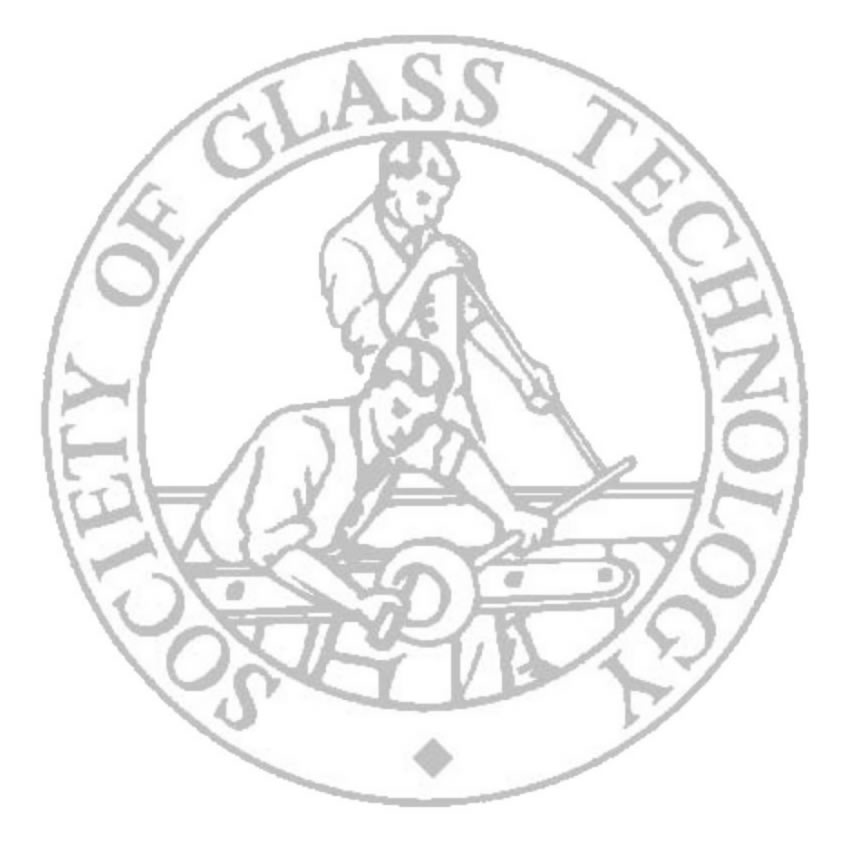
Cambridge 2008
|
Vitolane TM Technology – a Novel Process Route for Silsesquioxanes
Dr Alan Taylor,TWI Ltd
Vitolane TM technology is a platform for the production of silsesquioxanes with a wide range of functionalities.
These organic-inorganic hybrid resins can be added to coatings, adhesives and bulk polymers to enhance material properties such as improved abrasion resistance, increased resistance to solvents and better barrier properties. These properties can be tailored to meet specific demands of particular applications.
Silsesquioxanes have a ceramic (silicon-oxygen) backbone with organic R groups attached. The cage or ladder structures can have a reactive R group attached to each silicon atom. If the R group is polymerisable, very high cross link densities can be achieved, resulting in substantial or even complete inorganic connectivity. Molecules (single functionalised), or two or more different R groups can be combined to create mixed molecule types (multiple functionalised).
The versatility of the Vitolane TM process allows oligomers to be readily produced which are compatible with a given class of formulation, for example, an acrylic functionalised molecule may be selected for blending with conventional acrylate oligomers and monomers. Silsesquioxane molecules are readily generated in liquid form and can therefore be introduced early and easily in the formulation process, whether to existing formulations or in the creation of new ones. This formulation approach may be used to create a wide range of adhesives, coatings or bulk materials.
Back to Glass Science Programme
| SGT Home page |